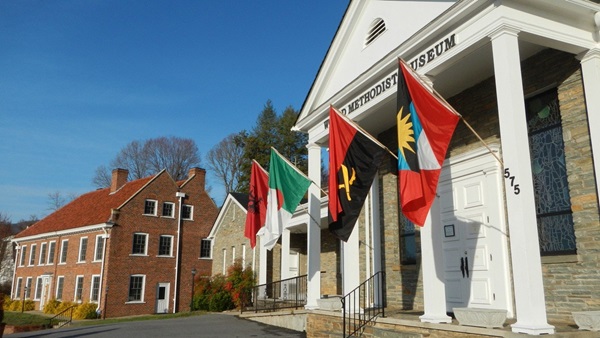The United Methodist Church represents only one denomination within the wider Methodist family, which has approximately 80 million members worldwide according to the World Methodist Council, a global association of Methodists.
The denominations within the Methodist tradition share common historical origins, tracing their roots to the eighteen-century revival movement of John Wesley and his brother Charles, both Anglican clergymen.
Over the centuries since Wesley’s Anglican revival movement became an established church, Methodism grew and morphed, undergoing various divisions and unions that resulted in many separate, but related, denominations.
Some, such as the African Methodist Episcopal Church, the Free Methodists and the Wesleyan Church (formerly Wesleyan Methodist Church), are explicitly Methodist. Others, like the Church of the Nazarene and The Salvation Army, do not use the word Methodist in their names, but grew out of the Methodist movement.
The United Methodist Church was formed in 1968 from the union of former The Methodist Church and The Evangelical United Brethren Church, itself a union of Methodist-related churches with German origins (The United Brethren Church and The Evangelical Church).
This content was produced by Ask The UMC, a ministry of United Methodist Communications.





